Genesis GV80: Wrapping with Polyurethane Paint Protection Film
Genesis GV 80 – A Stylish Crossover That Inspires Confidence. The exterior of the car is truly impressive with its sleek lines and matte finish straight from the factory. The latter can be considered a unique feature, as such solutions are rarely seen among other manufacturers.
No matter how perfect the bodywork is at the time of purchase, after some time, drivers will inevitably face scratches and scuffs. One way to get rid of them is through regular polishing, but frequent polishing can damage the paintwork.
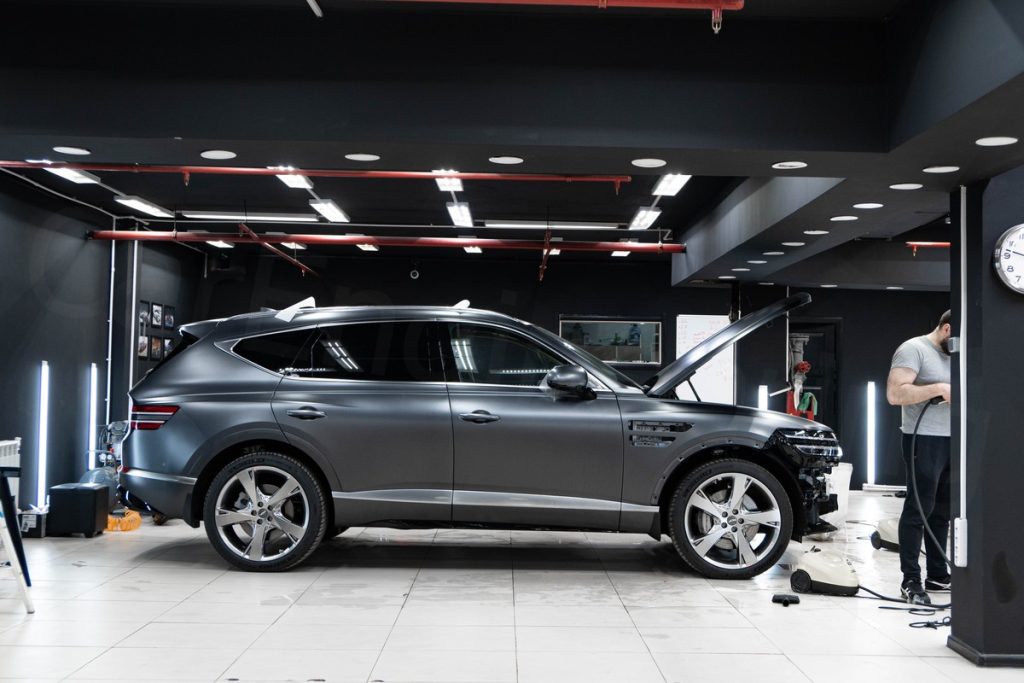
To reliably protect the body from damage and keep the paint in pristine condition, you can apply protective film to the Genesis GV 80. The coating acts as an effective barrier against scratches and other mechanical or chemical damage. No problem if you want to maintain the uniqueness of the car and highlight its matte finish—special matte film can handle this task.
In this review, we’ll introduce you to the service of applying protective film in more detail. We’ll explore the different types of film coatings, application methods, and take a closer look at how the film protection for the Genesis GV80 was done at the CarEngineering studio.
Vinyl or Polyurethane: How to Choose the Right Film
For film application, we offer clients two types of films: vinyl or polyurethane. The choice depends on your preferences and goals for the coating. Let’s take a closer look at each film.
Vinyl is positioned as a styling film due to its variety of colors and textures. The coating allows for experimentation with the car’s design: you can apply a pattern or unique lettering, use a chameleon or carbon effect, or even completely change the body color.
After applying vinyl, the car also receives decent protection from sand, branches, and careless washing. Unfortunately, vinyl won’t protect the car from stones hitting the body. You should choose this film if your primary goal is to change the car’s appearance rather than protect it. A lifespan of 5 years is ideal for frequent design changes but not for long-term protection.
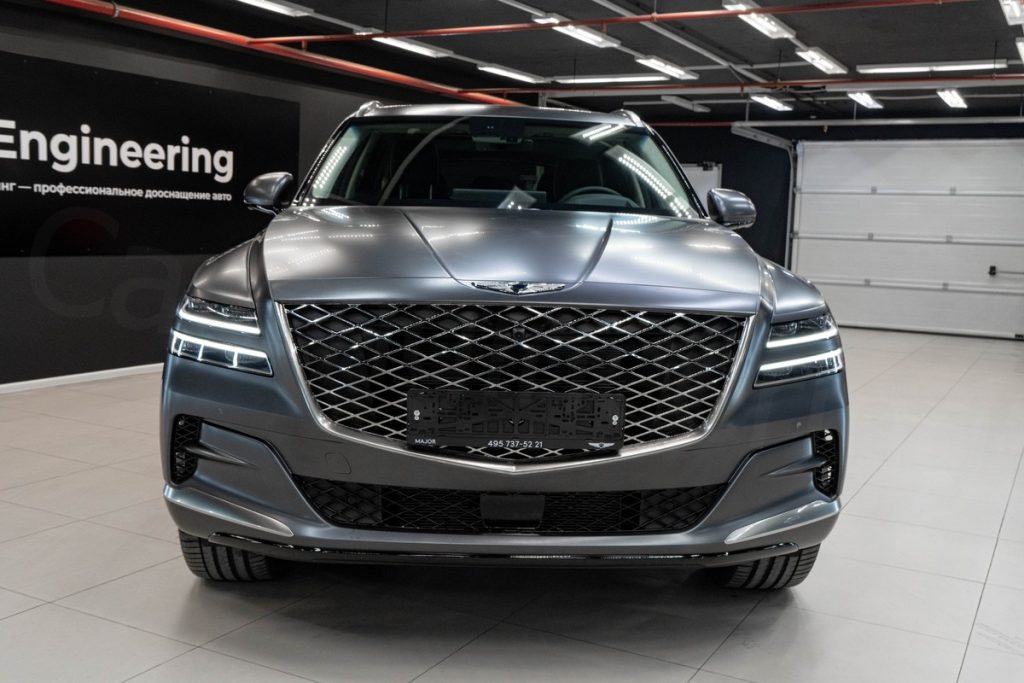
Polyurethane is considered the most effective film for protection against chemical and mechanical damage. Its level of protection extends to:
- Tree branches and bushes
- Sand
- Small stones: gravel and pebbles
- Insect and bird droppings
- Sap and oils
- Cleaning and road chemicals
- Salts
- Mold
In practice, the film will protect the car from careless washing, minor accidents, and accidental scrapes from other vehicles.
Aside from standard features, polyurethane has one unique property—self-healing. Just like on an uncovered car, after some time, scratches and scuffs will appear on the film. However, the coating will fix them on its own. The car just needs to stand under direct sunlight for a few hours, allowing the film to heat up and self-repair. This feature allows the film to remain smooth and beautiful throughout its usage. Vinyl, on the other hand, does not have self-healing, meaning scratches will stay on the film until it’s removed.
Another advantage of polyurethane film is its long service life. It reliably protects the body for 5–8 years of active use. After this period, the film can easily be removed from the body without leaving any residue.
A CarEngineering specialist can always help you choose the right coating. The technician will listen to your needs and recommend the best option for your vehicle.
Matte Protective Film for the Genesis GV80: Features
As mentioned earlier, the Genesis arrived at our studio with a factory matte finish. This should be considered when choosing a coating for application.
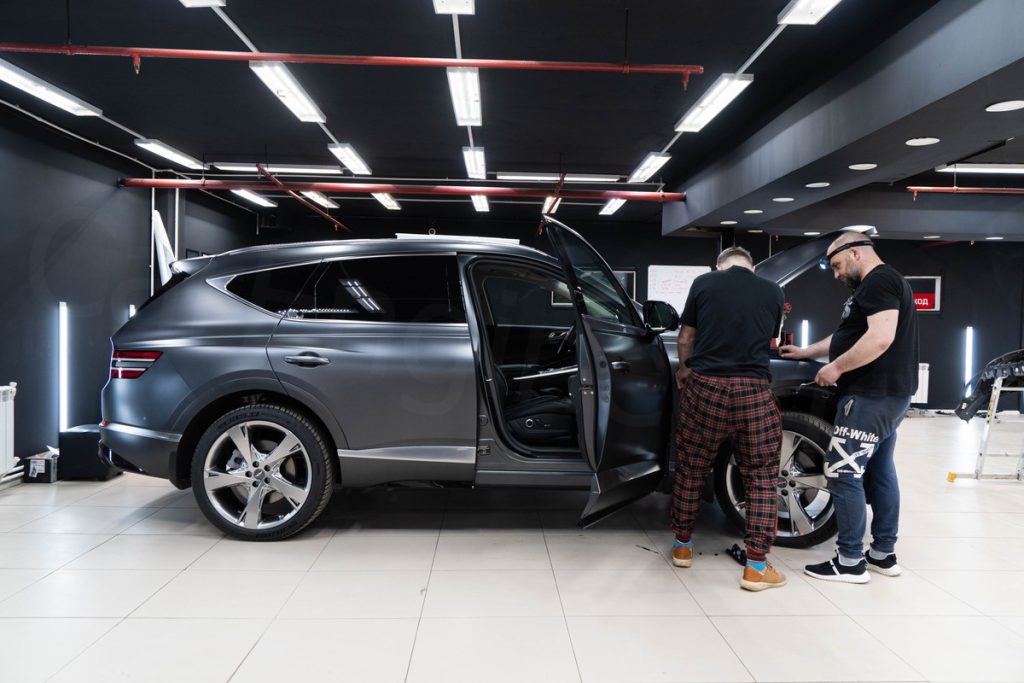
The main request from the client was to protect the body as effectively as possible, so polyurethane film was chosen. While it doesn’t offer the color variety of vinyl, it does provide its own interesting solutions. One of them is matte film.
When applying matte film over a glossy body, it softens the car’s color and shifts the focus to the shapes, giving the car individuality. Covering a matte finish with matching matte film emphasizes the matte aspect while keeping the film virtually invisible on the vehicle.
It’s important to note that the level of protection is the same whether you choose matte or glossy film. The choice comes down to personal taste.
Choosing the Film Application Method for the Genesis
In our studio, you can choose from two application methods:
- Full
- Partial
If you want maximum protection, we recommend full coverage. This method involves covering all elements of the body, ensuring uniform protection against scratches and scuffs.
Partial application covers high-risk areas such as the bumper, hood, headlights, windshield pillars, mirror covers, front fenders, and door handle cups. These parts are the most susceptible to damage during regular use.
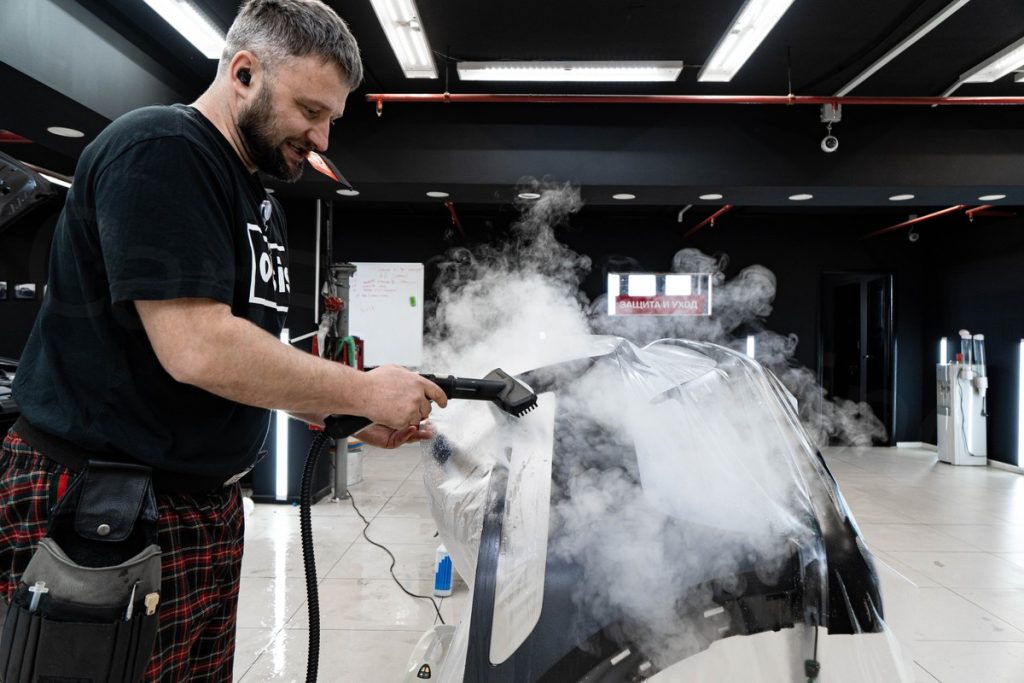
Partial protection is effective if the car is used infrequently, for instance, a few times a week. In this case, the most vulnerable areas will be well protected, and the risk of damage to other parts is somewhat reduced. However, with constant use, partial protection may not be enough, as the covered and uncovered parts will start to show different levels of wear, and the risk of damage will increase.
In addition to each coverage package, you can opt for a de-chrome service, which involves covering chrome elements with black vinyl film. The following parts are de-chromed:
- Grille
- Front and rear bumpers
- Door and roof moldings
- Handles
- Window frames
- Branding symbols
De-chroming supports a unified look for the Genesis GV80 and adds protection to small elements against damage and rust. The service is also useful if you simply dislike the look of chrome parts on your car.
CarEngineering’s Approach to Film Application: The Secrets to Perfect Coating
CarEngineering is where professionals enhance cars every day. Each service is performed with consideration of the car’s individuality and technical features.
Once the film type and application method are chosen, our specialists begin preparing the car. This includes a multi-stage wash and careful disassembly of the vehicle by a qualified technician.
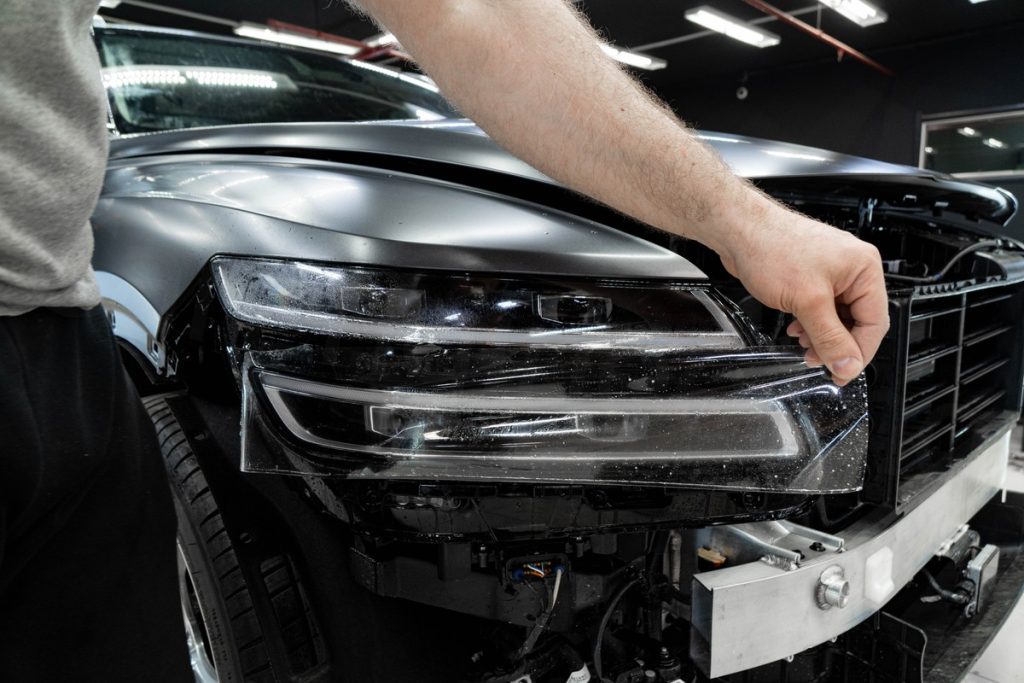
During the wash, the body is cleaned of dirt, grease, wax, invisible water spots, and other contaminants. Attention is also given to the internal parts of the components, as the film application involves a wrapping technique.
Disassembly is as essential as washing. If your car has arrived at CarEngineering, you can be assured of the safety of the disassembly process. Parts are carefully removed, and after the film is applied, they are reinstalled according to factory standards.
Matte Film for the Genesis GV80
After preparation, the application process begins. Here’s a brief overview of the steps involved:
- Cutting the film to match each part
- Applying the film
- Smoothing it with soft rubber squeegees
- Trimming excess film
- Wrapping
Let’s focus on the wrapping step. Wrapping involves folding the film around the edge of each part by 1-1.5 mm. This technique significantly enhances the durability of the protection, as the edge of the film is hidden under the part. This prevents tearing or peeling during high-pressure washes or when stones hit the body.
At CarEngineering, wrapping is done for every film application. If other services tell you it can be skipped, you might want to question their expertise. Yes, wrapping takes time and experience, but our technicians ensure your car receives the best protection possible.
To confirm the quality of the application, we invite you for a post-service inspection a week later. During this follow-up, we’ll wash the car for free and check the film’s condition.
By choosing CarEngineering, you can expect professional results and durable film application that will protect your car for years to come.
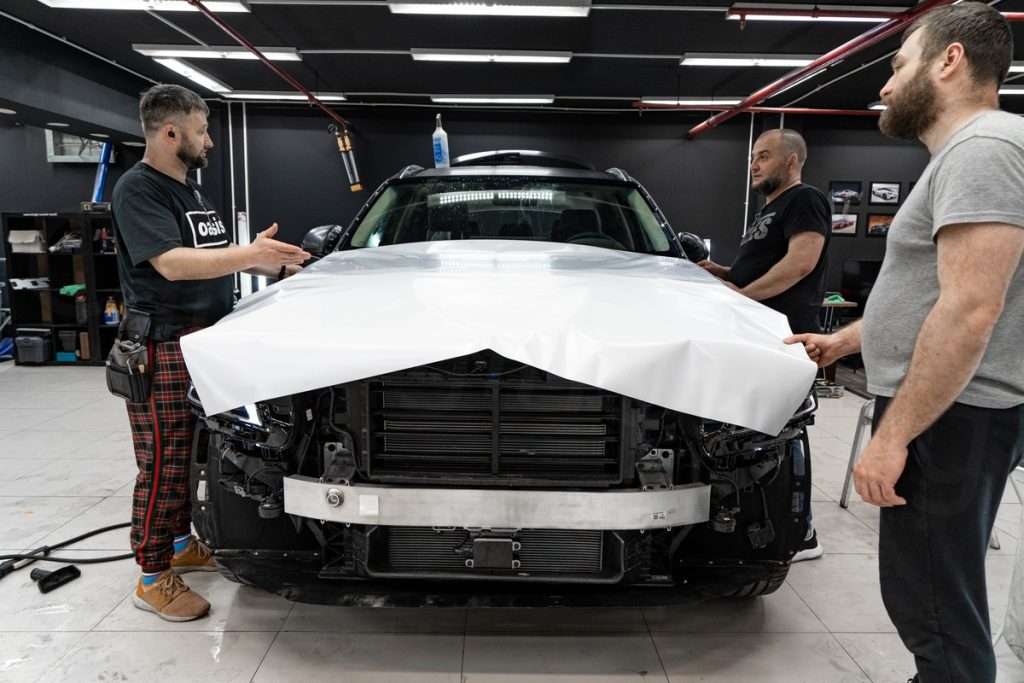
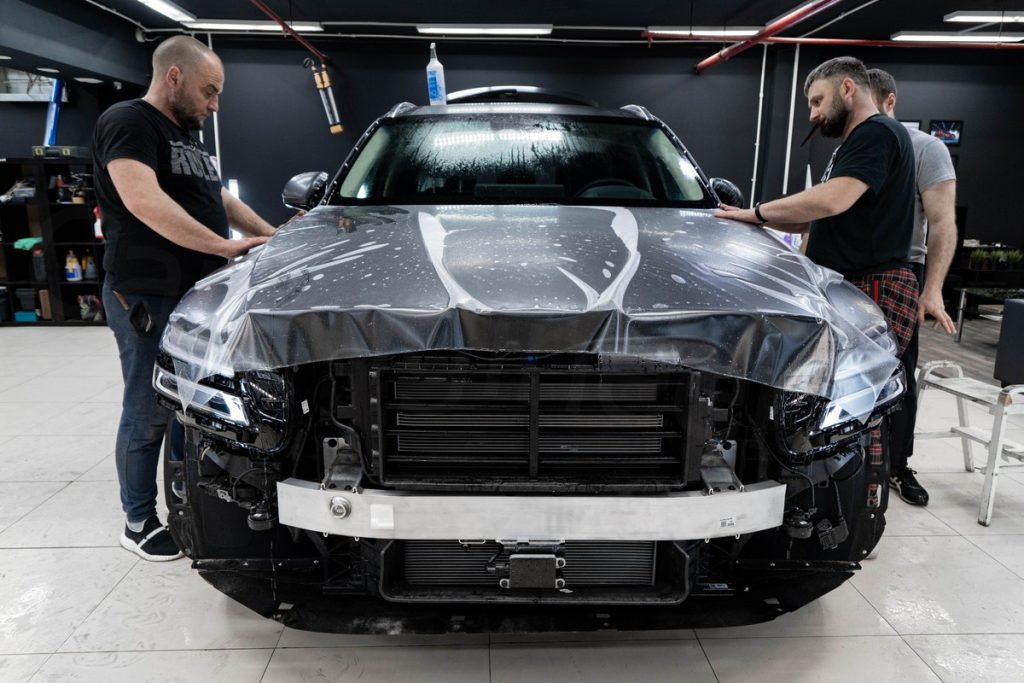

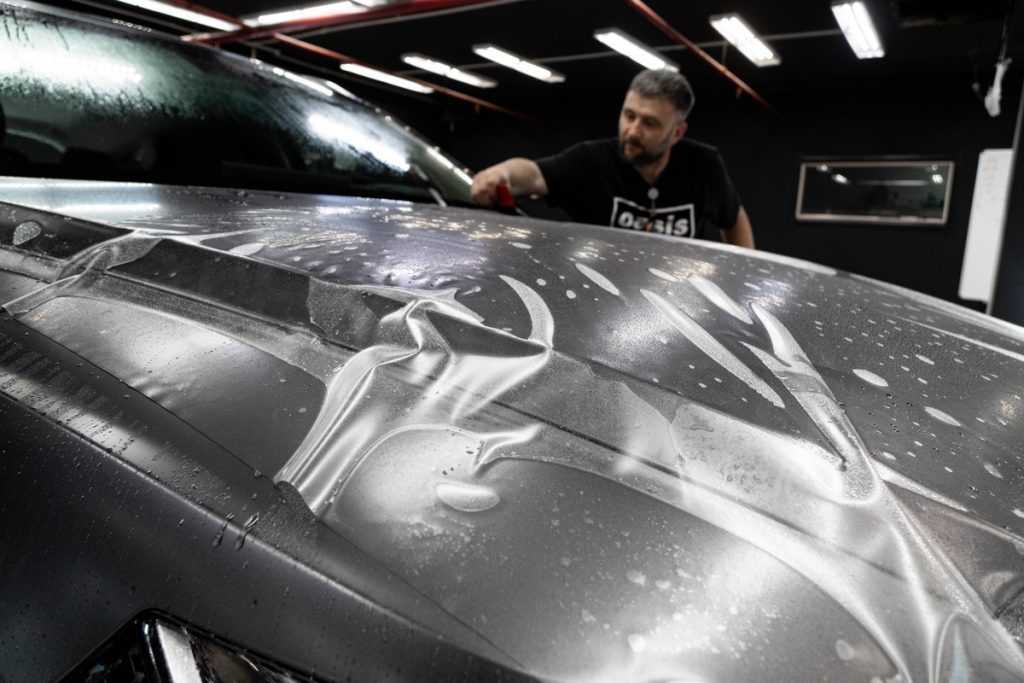
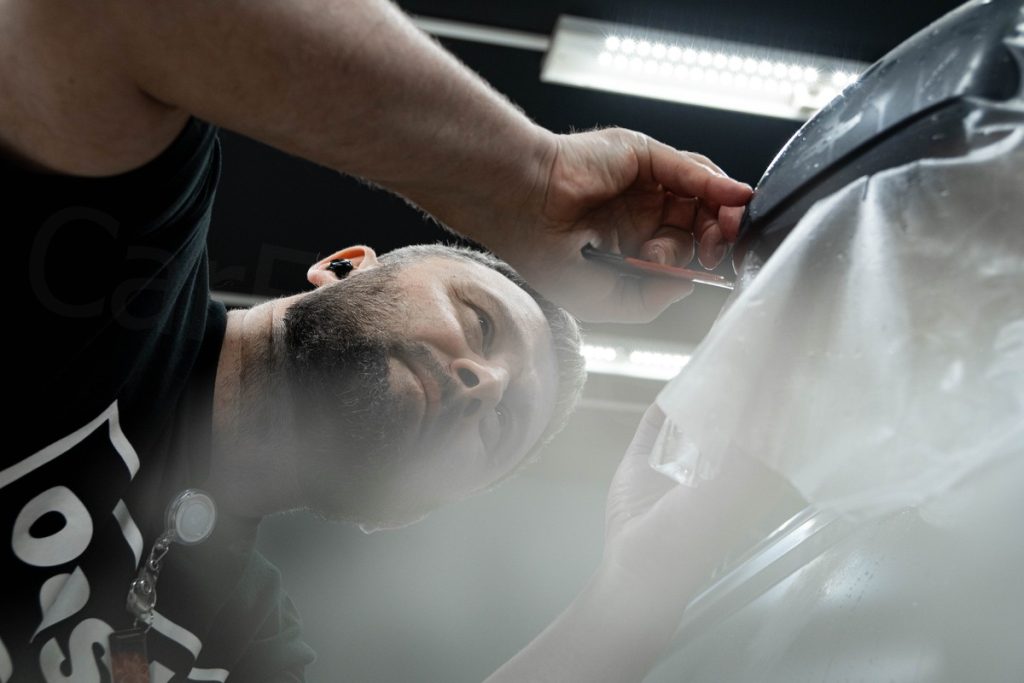
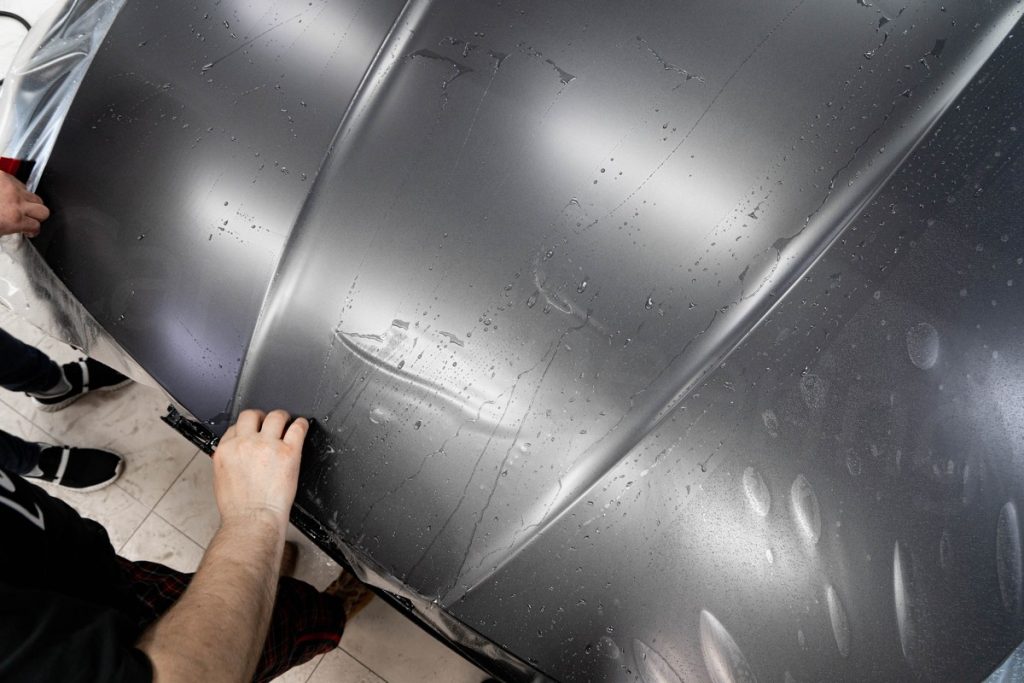

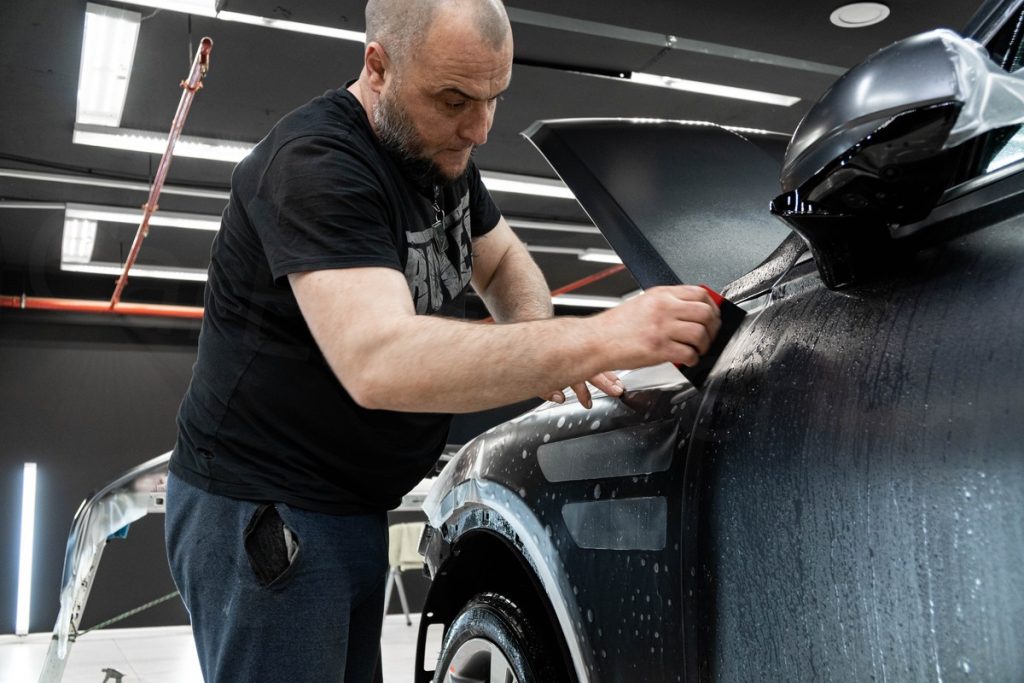
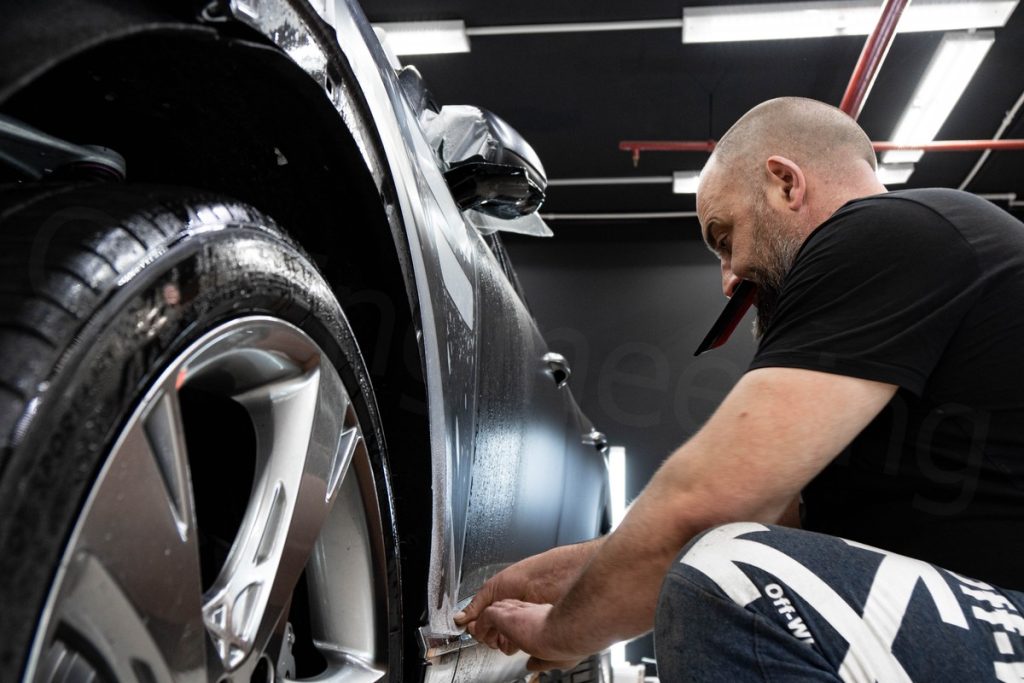
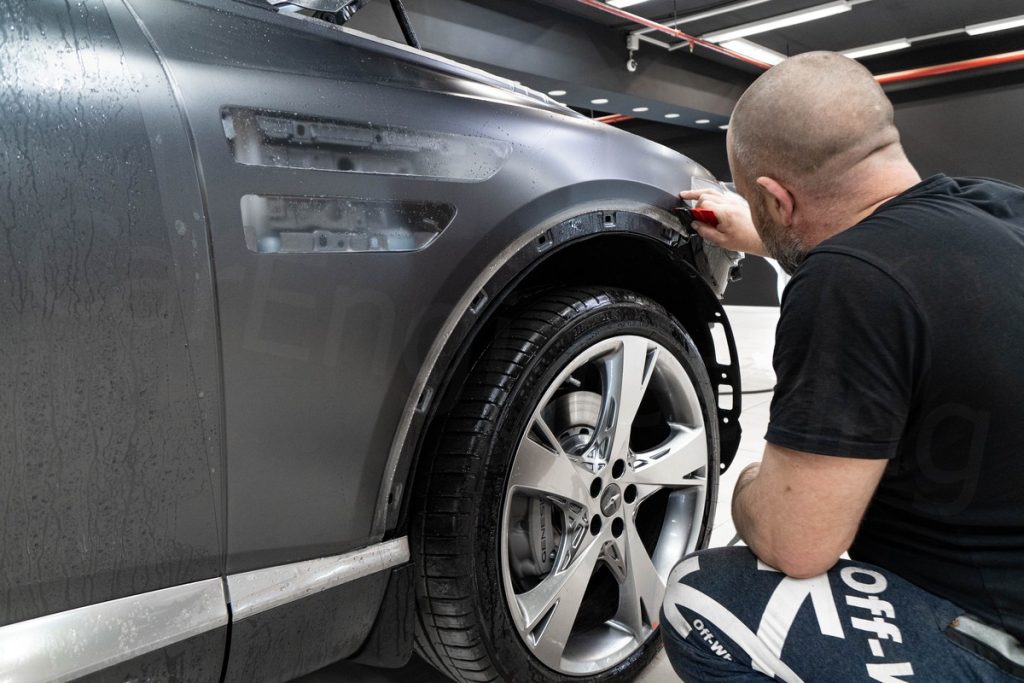

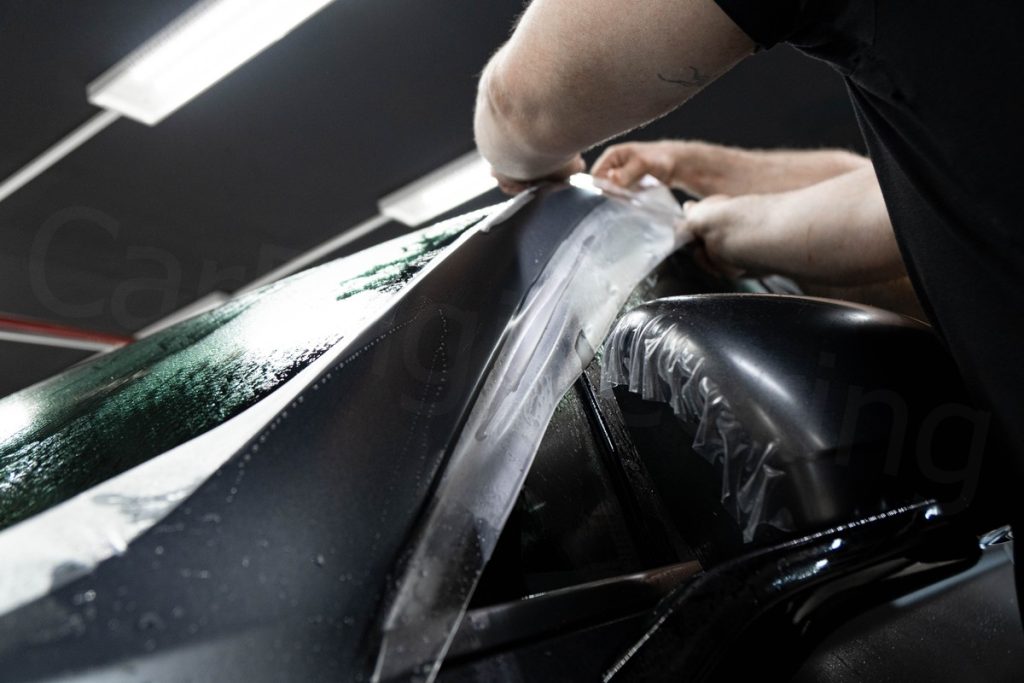
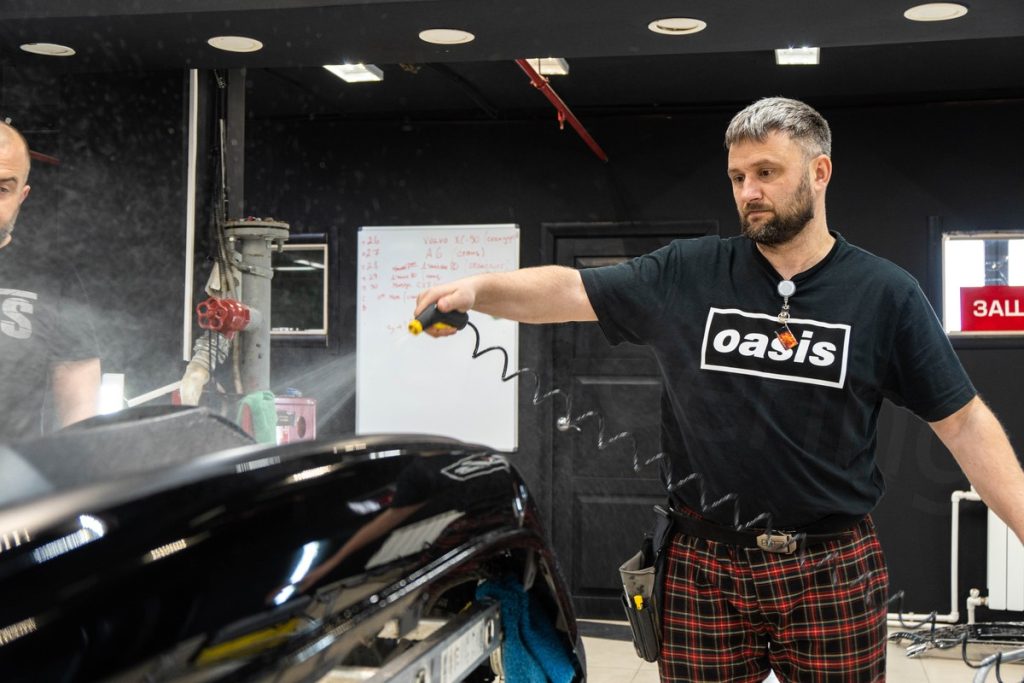

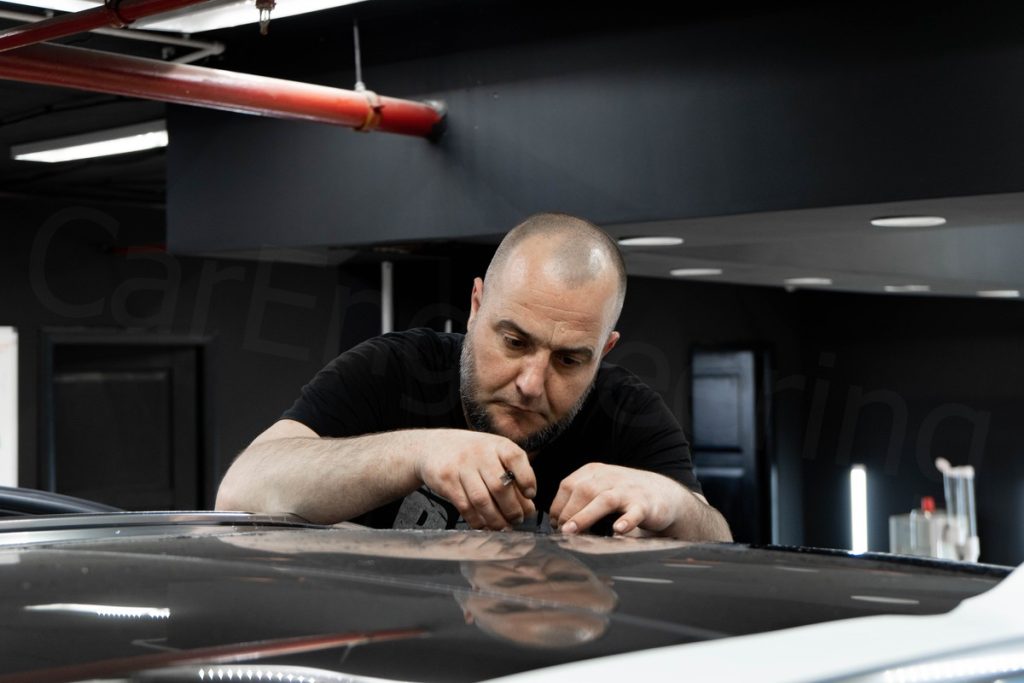
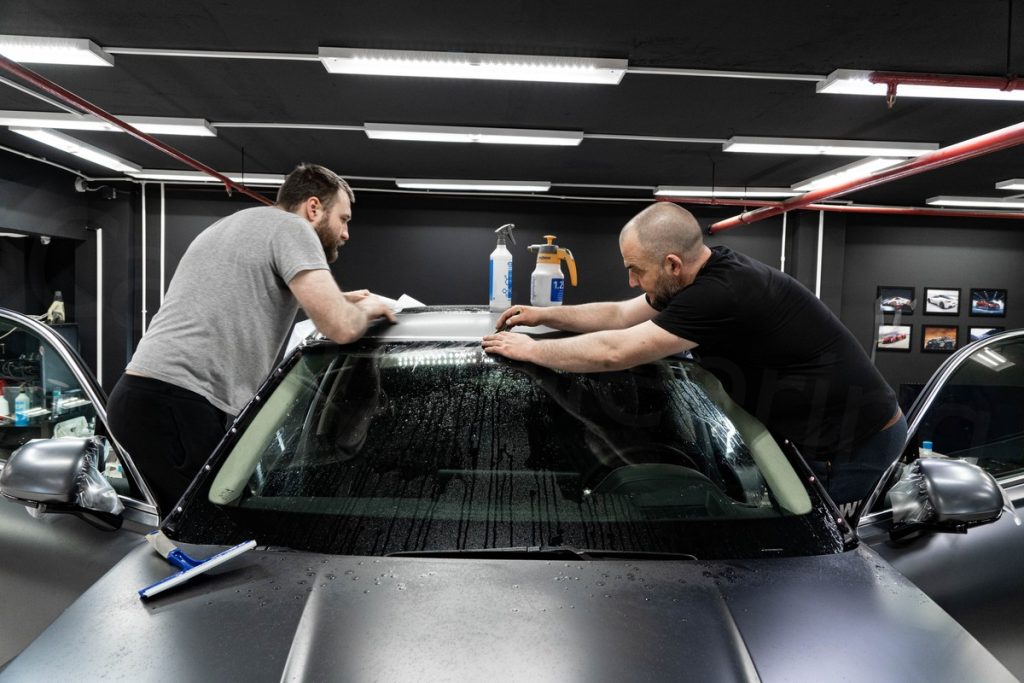


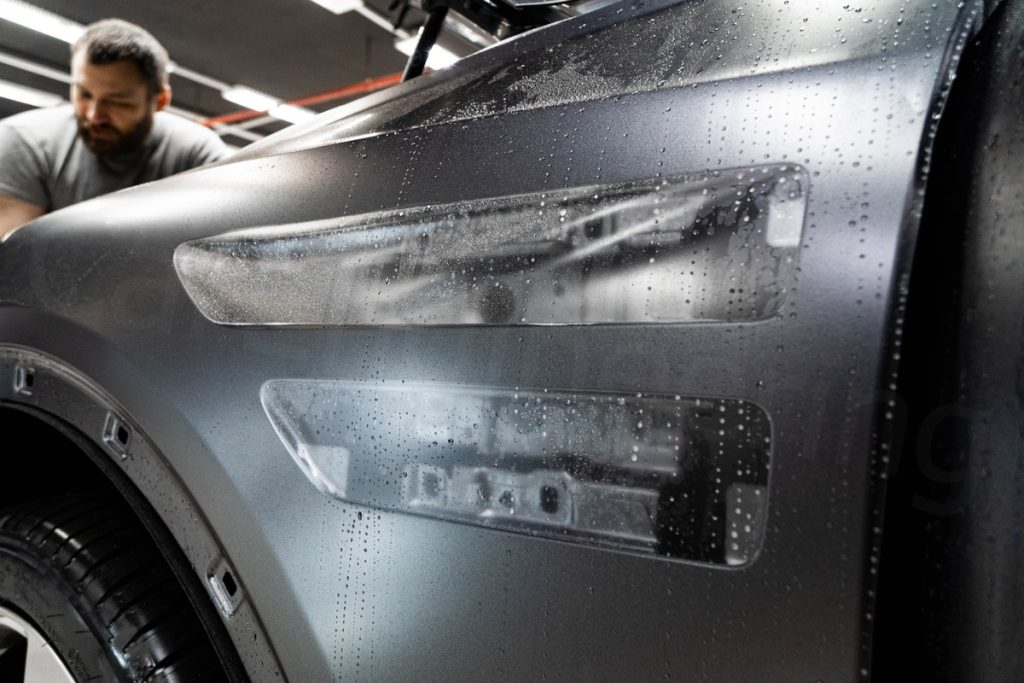
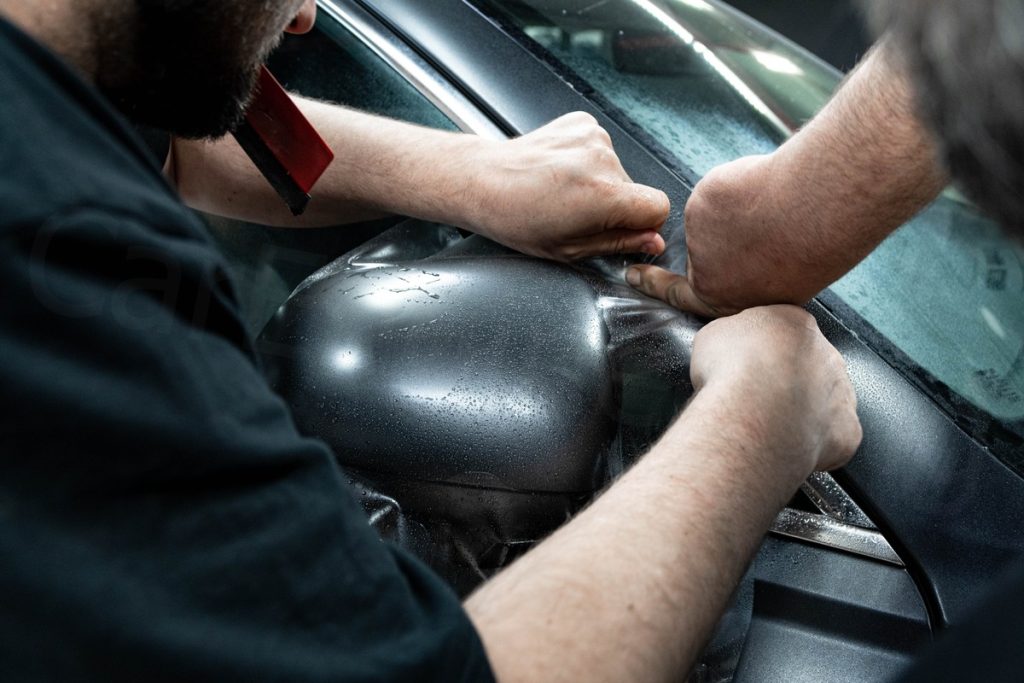
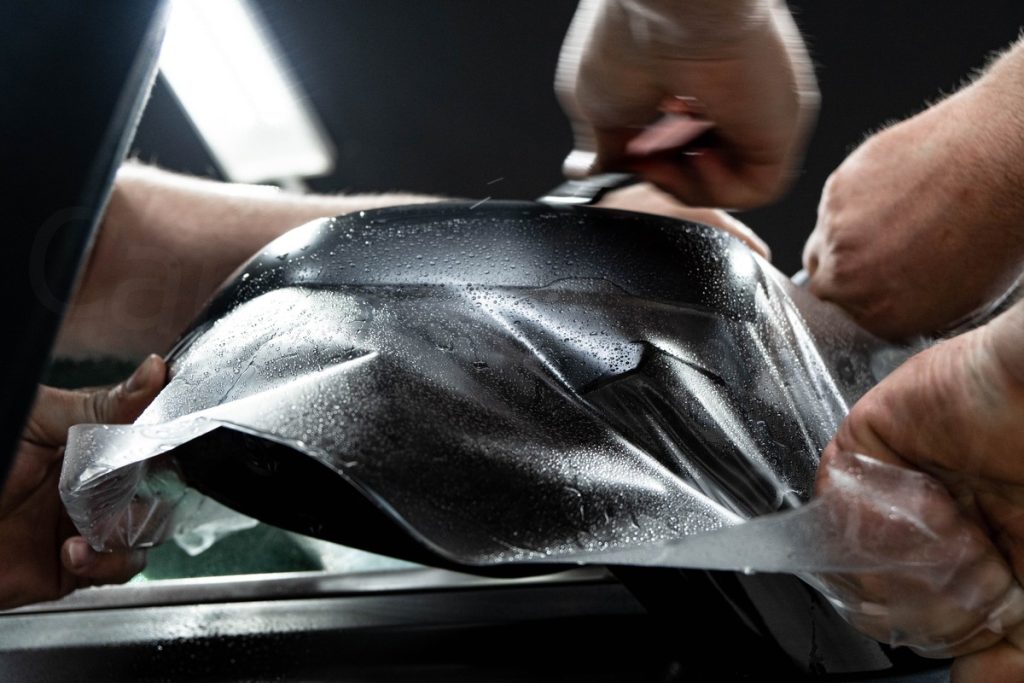
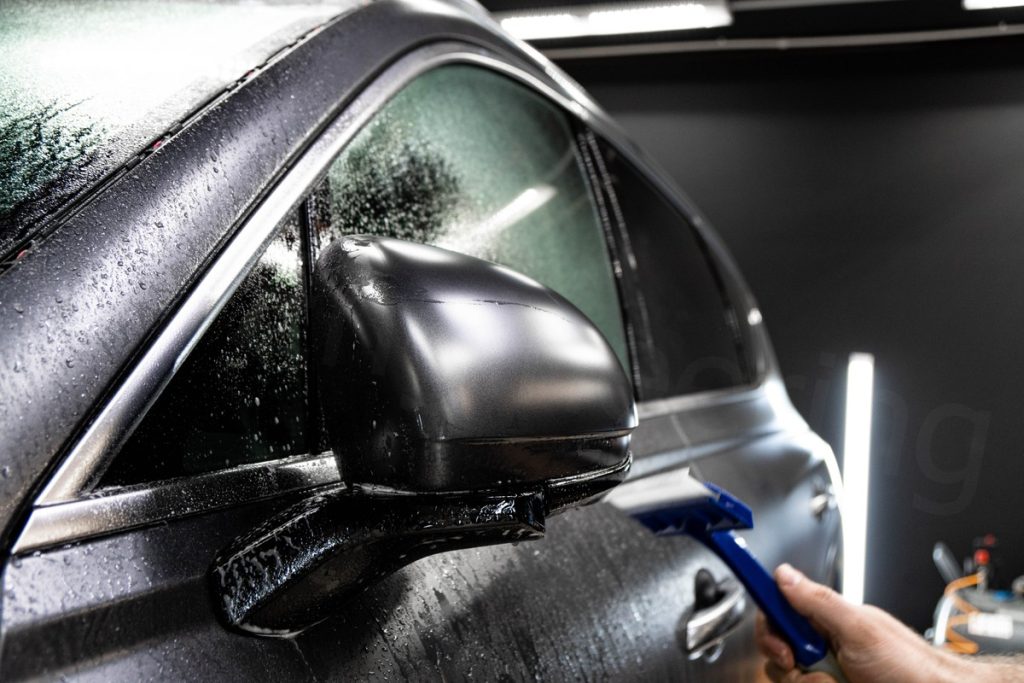

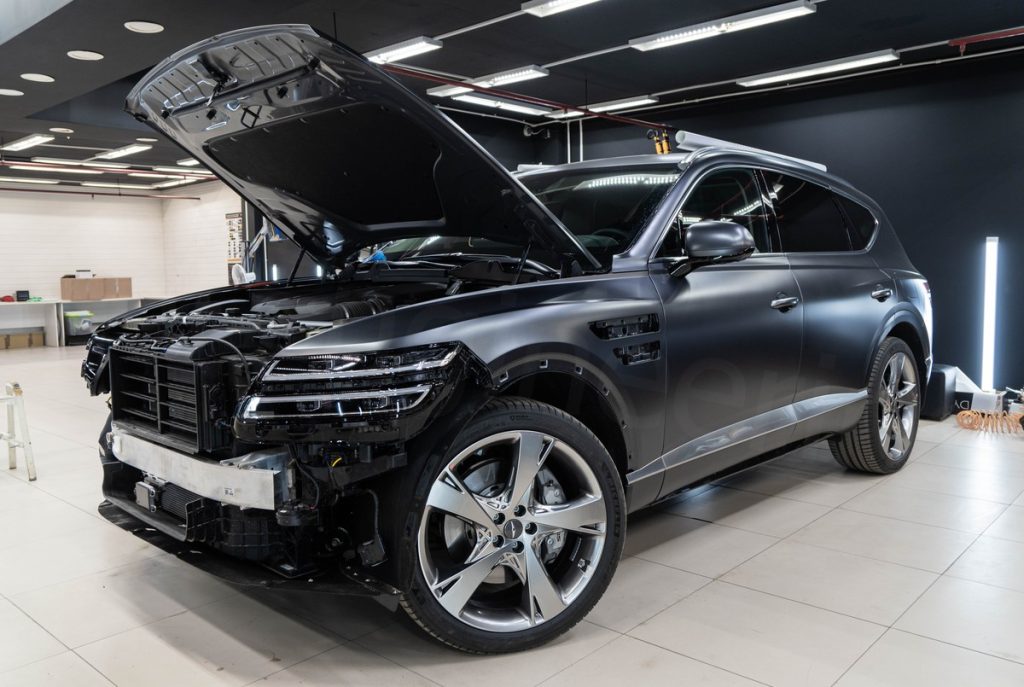
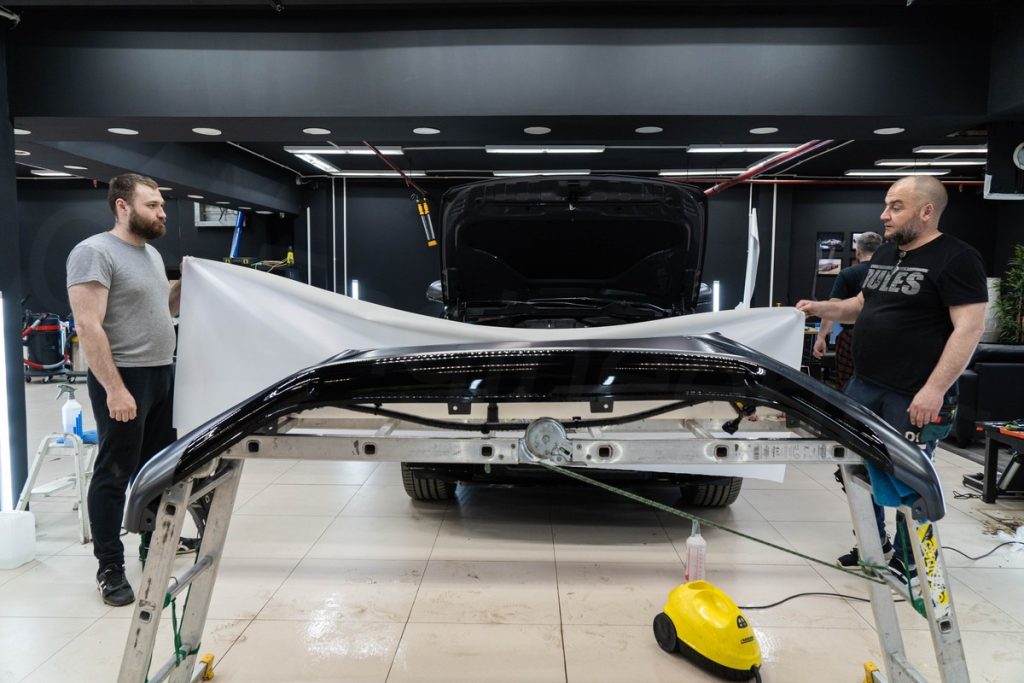
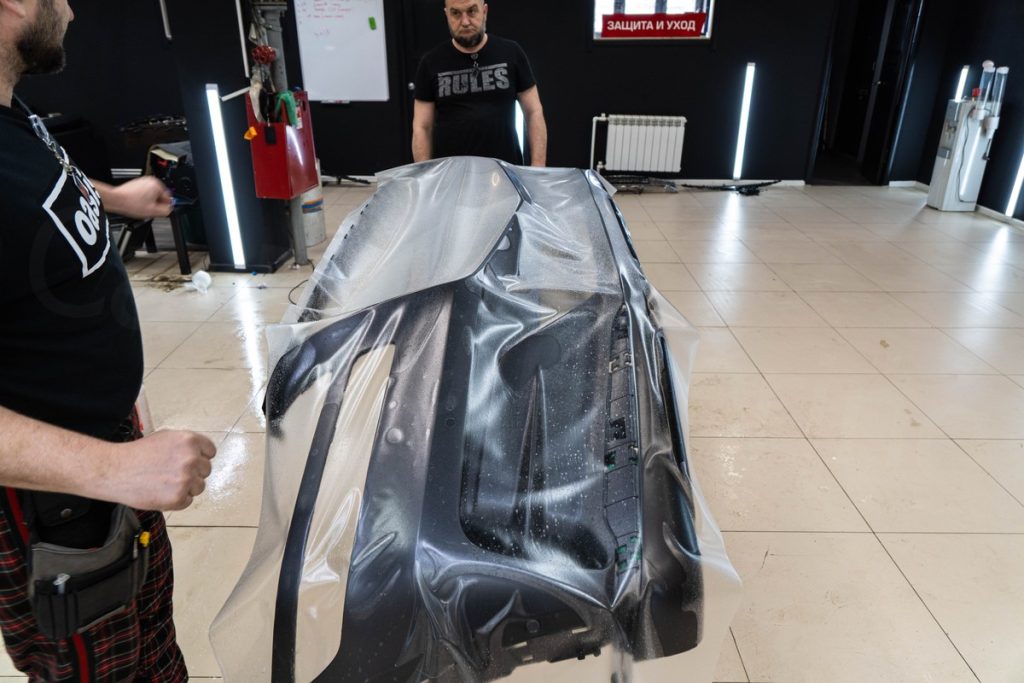
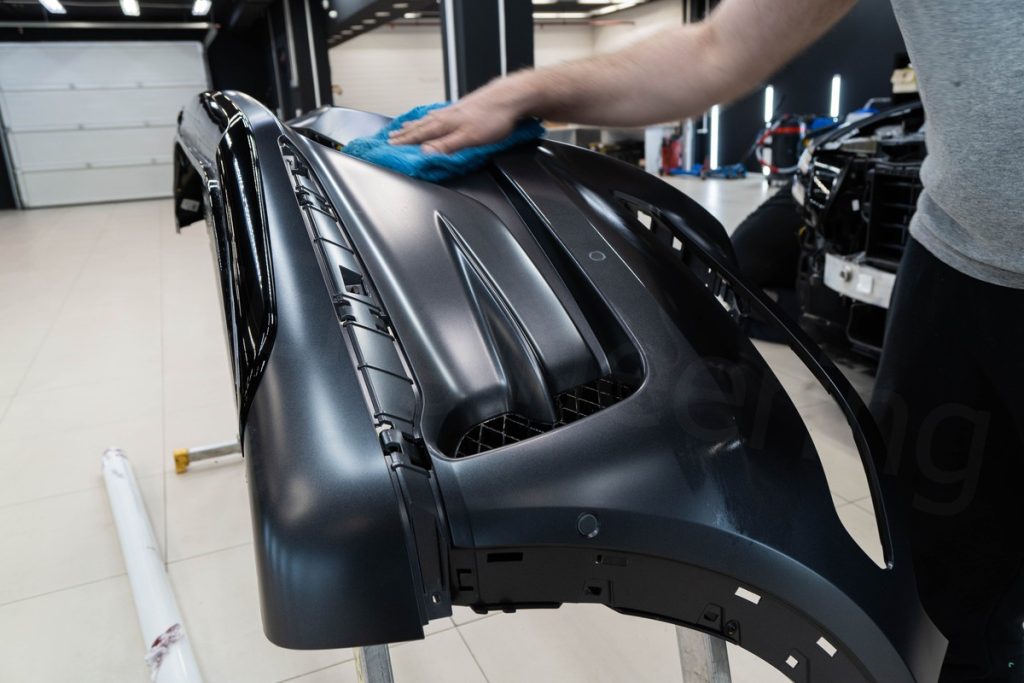
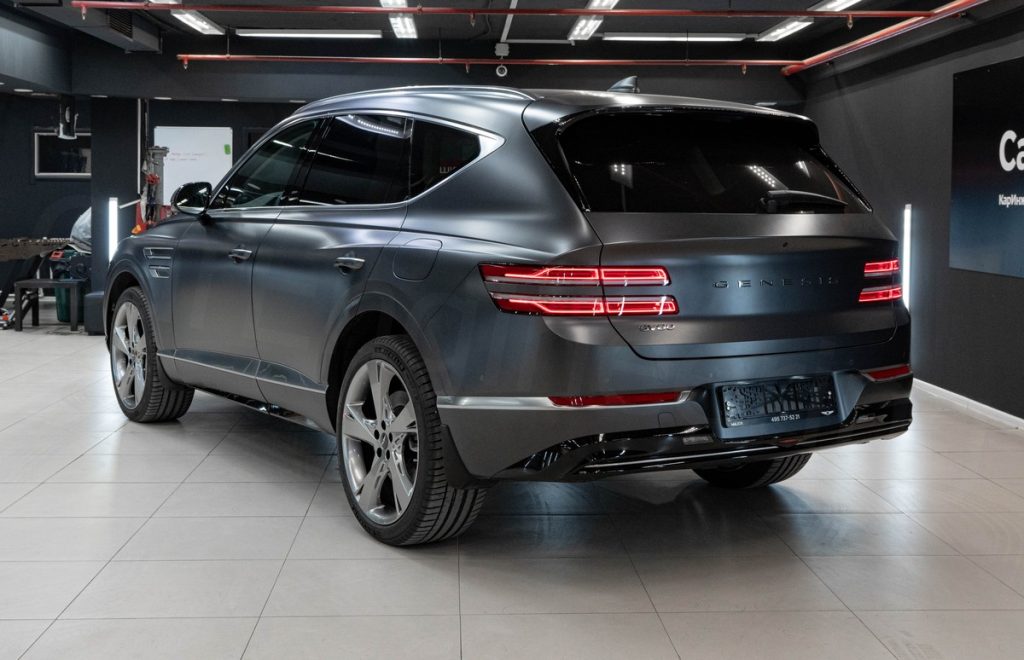

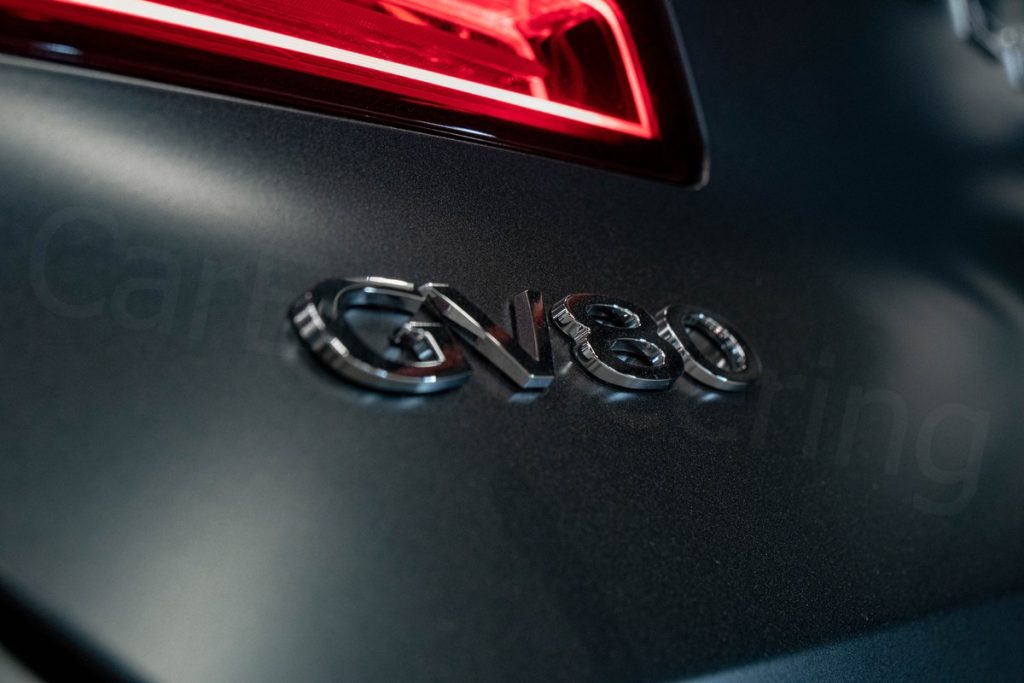

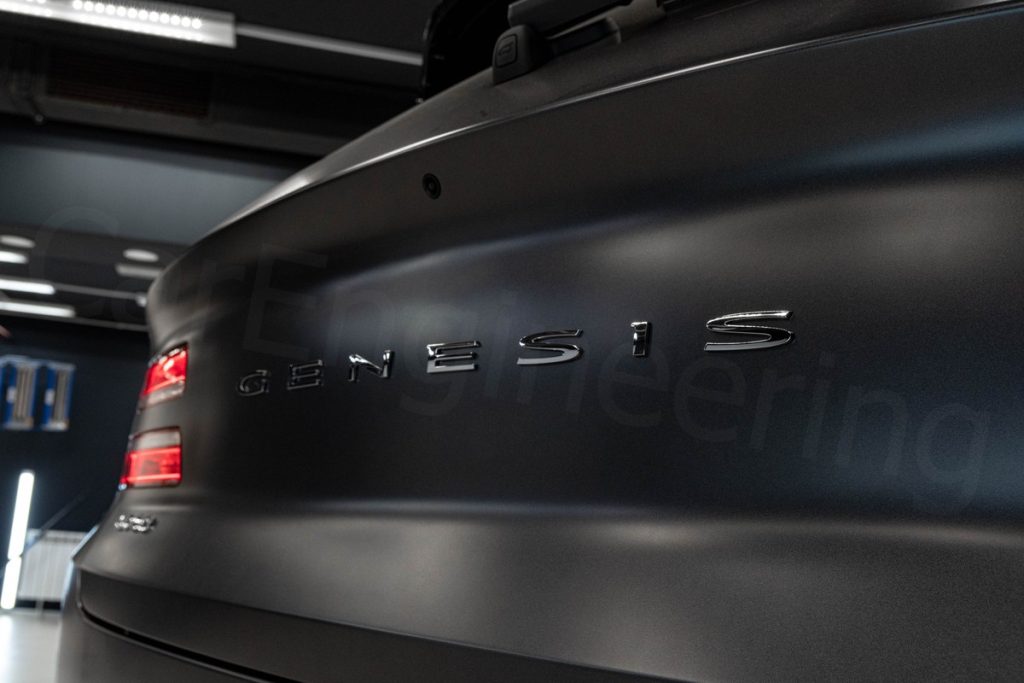
We will be glad to work with your car. Please contact us
☎️ 056 666 5810
📞 Whatsapp +971 56 666 58 10
We are located in Dubai – link – Al Quoz 2
An interesting video, beautiful shots, and just a great job at the link below:

